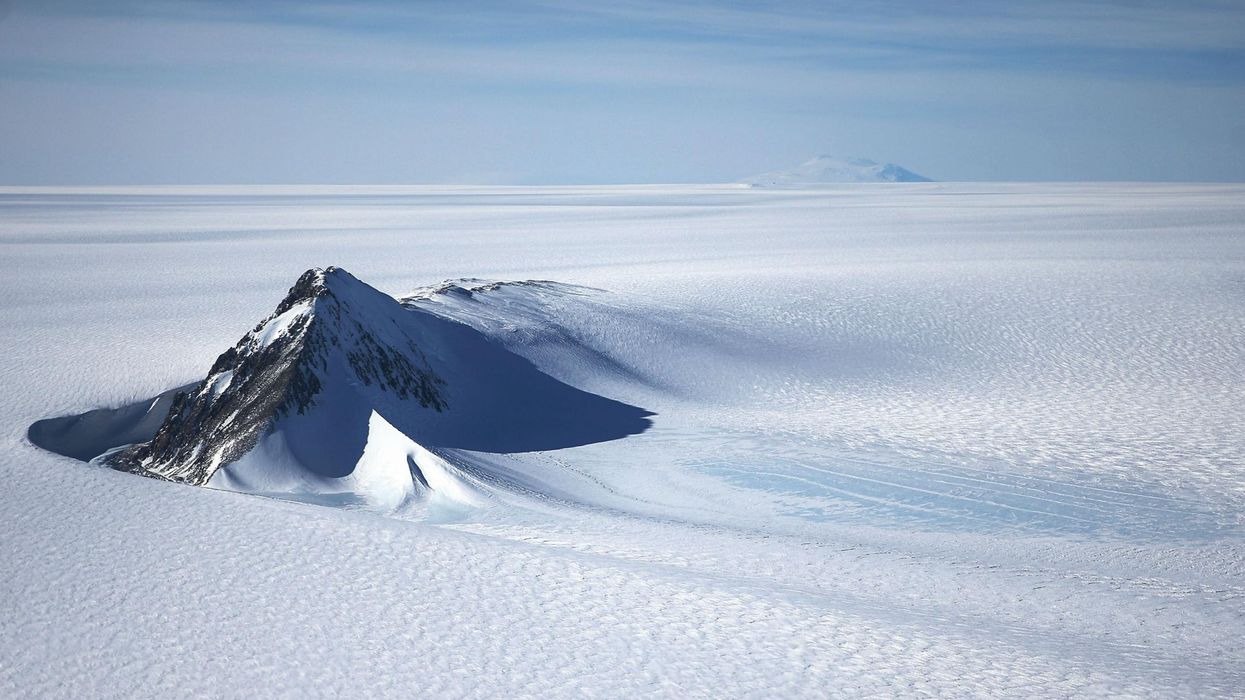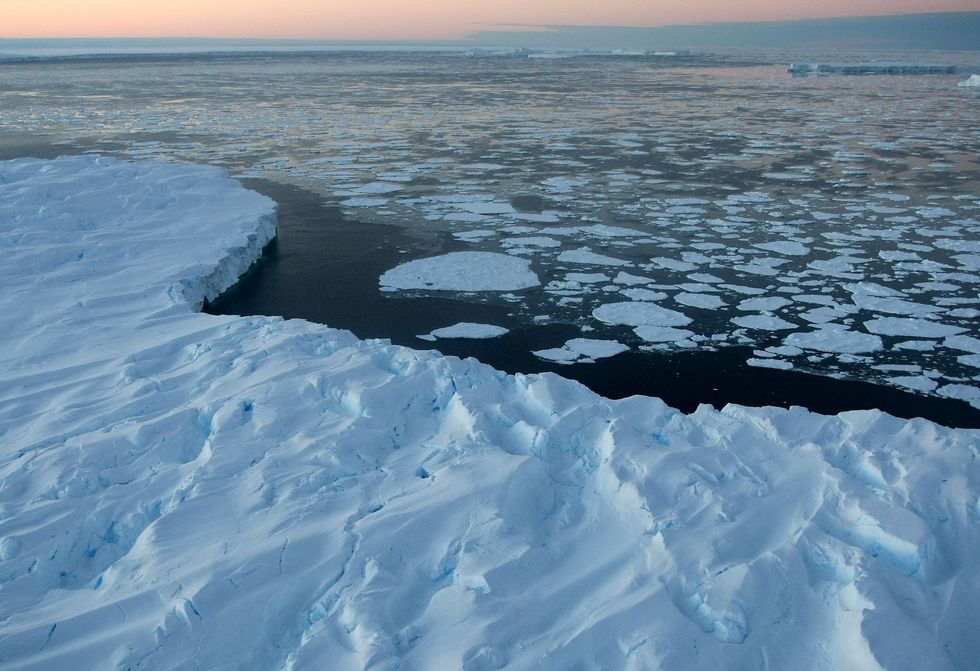News

Picture:
Mario Tama/Getty
Man-made climate change could turn Antarctica green, something that hasn’t been the case for millions of years, scientists have found.
Scientists who have been studying fossils from the Pliocene period (between three and five millions ago) have found that the last time the Earth had similar CO2 levels in the atmosphere, there were trees at the South Pole, the Guardian reports.
Global temperatures were 3C-4C warmer in a world in which sea levels were approximately 20 metres higher than they are now, and experts are trying to use the historical time to track what could happen if our atmosphere keeps warming.
Temperatures in the South Pole were 20C warmer than they are now, and co-director of the Grantham Institute Professor Martin Siegert, who works at Imperial College London said: “The consequences of what we have done over 150 years will continue into the future, so it's up to us to do something,”
We will be judged in history on how well we respond to this issue, and at the moment we're not doing a very good job.
There is likely to be a “lag” before the true effects of reaching such a threshold are felt, Professor Siegert added:
[If] you put your oven on at home, and set it to 200C, the temperature doesn’t get to that immediately. It takes a bit of time, and it's the same with the climate.
Scientists discovered this by unearthing tree fossils some 300 miles from the South Pole which indicate their existence, as summer temperatures around the time were 5C near the Pole, in comparison with -15C to -20C today.
Carbon dioxide levels in the atmosphere reached 400 parts per million (ppm) on average in 2015 – a first since records began, according to World Meteorological Organisation figures.
Before the industrial revolution in 1850 carbon dioxide levels were about 280 ppm and since then the temperature has increased globally by around 1C, Prof Siegert added.

What are the consequences of melting ice sheets?
Scientists have warned that melting ice sheets of Greenland and Antarctica could will trigger extreme weather and disrupt weather currents across the globe.
Two new research papers published in the journal Nature talks about this danger.
“Melt from these ice sheets is going to significantly disrupt the global climate making temperatures in some areas vary much more from one year to the next,” said Professor Nick Golledge from Victoria University of Wellington.
This unpredictability is going to prove extremely disruptive for all of us, and will make adaptation and planning much more difficult.
More: Trump says noise from windmills causes cancer

Top 100
The Conversation (0)













